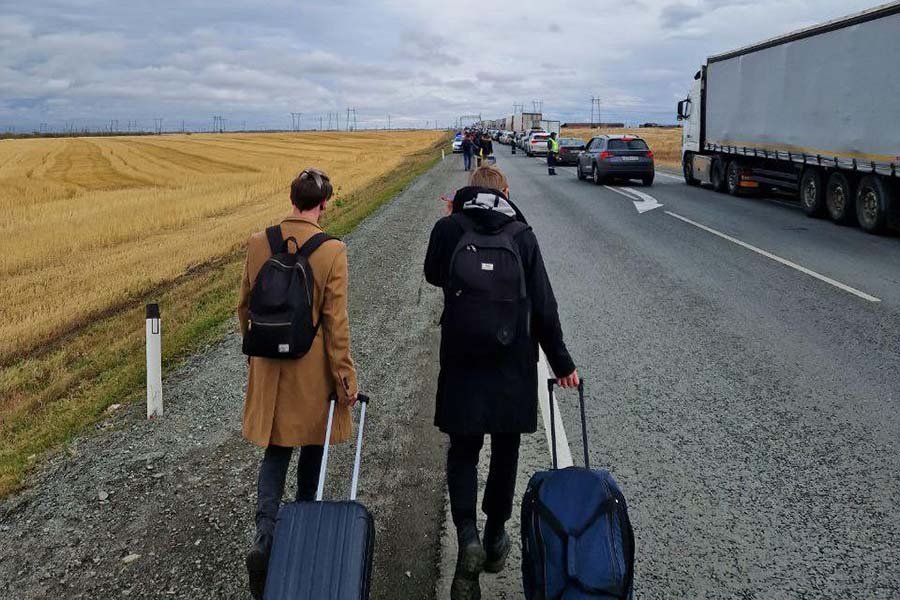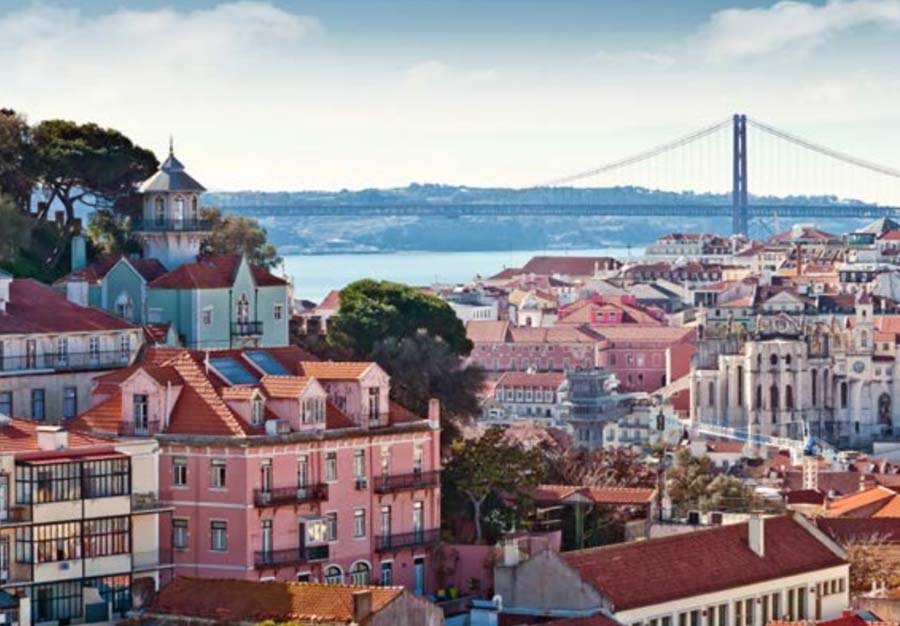читайте также
 How Russians’ Attitudes Toward Those Who Left Are Changing: Traitors or Victims?
How Russians’ Attitudes Toward Those Who Left Are Changing: Traitors or Victims?
 Portugal prepares IMT tax increase for foreign homebuyers
Portugal prepares IMT tax increase for foreign homebuyers
 Turkey plans to abolish the all-inclusive system in hotels
Turkey plans to abolish the all-inclusive system in hotels
 How Digital Nomads Are Transforming Cities and Economies
How Digital Nomads Are Transforming Cities and Economies
 Housing Market Bubble Risks in 2025 – UBS Data
Housing Market Bubble Risks in 2025 – UBS Data
 Artificial Intelligence in Tourism: Market to Grow 4.5 Times by 2030
Artificial Intelligence in Tourism: Market to Grow 4.5 Times by 2030
Abandoned Villages in Galicia: An Alternative to Expensive Urban Housing

In rural Galicia, interest in abandoned villages is growing. Buyers from various regions of Spain are seeking more affordable property and a slower pace of life. Many city residents are ready to trade cramped apartments and costly mortgages for houses with land in sparsely populated areas, reports Spanish Property Insight.
In Madrid and Barcelona, a small apartment starts at €120,000, while in Galicia, for €39,000 you can buy a house with land and outbuildings. The average mortgage size in this region is around €160,000, but more and more buyers are looking for homes they can purchase significantly cheaper—avoiding decades of debt. Residents of Barcelona, Seville, and Madrid are choosing abandoned villages to invest in property with potential and restore it gradually rather than pay the bank for years.
In these locations, it is possible to buy entire complexes with residential and agricultural buildings, gardens, fruit trees, and forest. For example, on the Costa da Morte, €39,000 will get you a 300 m² stone house, another of 134 m², several small structures, two traditional Galician grain storage houses (hórreos), and a bamboo garden. Larger or historically significant estates cost from €300,000 to €2.5 million, but most properties sell for under €100,000.
New owners register with the municipality to access repair subsidies, tax benefits, and preferential financing. Regional authorities and EU rural development programs support projects to restore abandoned villages. Local councils welcome newcomers in an effort to halt depopulation and the aging population trend.
Interest also comes from foreigners, including Americans and residents of Northern Europe, often following recommendations from those who have already purchased property there. Many overseas buyers choose properties for creating agritourism complexes, retreats, or multi-generational homes.
According to the website aldeasabandonadas.com, there are 106 such properties listed across Spain, 31 of which are in Galicia. Two years ago, about 40% of all such properties for sale in Spain were in this region. Now there are fewer because village homes sell quickly, while preparing new listings is often delayed by legal title and inheritance issues, which can take up to a year to resolve.
Idealista notes that in some regions of Spain you can not only acquire housing but also receive relocation incentives. In the village of Ponga (Asturias), relocating families are offered €3,000, with the same amount paid for each newborn. In Olmeda de la Cuesta (Cuenca), plots of land sell from €200 to €1,300 with the condition of building a home or business. In Almadrones (Castilla-La Mancha), newcomers are provided with housing, food, and a monthly income of €1,100–€1,600 in exchange for community participation and work agreed upon with local authorities. Spain also continues to run symbolic “€1 home” programs in remote towns struggling with demographic decline.
Additionally, Spain’s stock of long-term vacant housing is increasing, reaching 14.4% or 3.83 million homes. About 38% of these have been unused for more than five years—3% more than last year. Nearly half are in low-demand areas, with the highest concentrations in Andalusia, Madrid, and Valencia. Authorities are attempting to bring these homes back to market through tax measures. An imputed income of 1.1–2% of cadastral value is included in the IRPF tax base, and IBI property tax rates have been raised by up to 150%. Rising interest in rural property increases the chances for owners to sell unused real estate.





